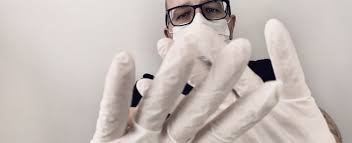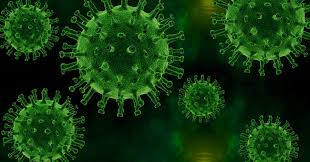Something firm about COVID-19 is that all groups of people and nations are helpless to the disease. Yet, waves of fast spreading diseases and other public health crises usually raise stress levels. A natural human response to strain is to lower the stress levels. After COVID-19 seclusion, shame is one of the results of the human need to reduce doubt and unease. So, knowing about some of its adverse effects is vital and desired to reverse the present state.
Understand the stigma
Adversely linking a person or group of people with common traits to an exact disease is harmful. The present disease whips social shame and judgement against people from COVID-19 seclusion. Stigma after COVID-19 isolation comes into play when the public uses hostile labels to find and detach people from COVID-19 seclusion. The public treat the affected persons otherwise or when the affected people lose status due to a seeming link to COVID-19. The action pains those with the disease and their caregivers, families, and communities. And this is how people who do not have the illness suffer the stigma of COVID-19.

Understand COVID-19 stigma
At least three key issues apprise the present level of stigma after COVID-19 isolation:
- It is a new and strange disease.
- People are naturally scared of the unknown as the high doubt surges stress levels.
- It is easier to link the fear of a plague with others.
Public confusion, fear, and concern are normal, natural reactions to the plague. Yet, they are the reasons driving the spread of harmful labels.

The impact of COVID-19 stigma
Stigma naturally wanes social unity. Left unchecked, it is a state that can goad social isolation. The loss of social unity expands the virus’s odds of spreading. And this can rise the strain of directing COVID-19 by causing grave health problems. Stigma after COVID-19 isolation can make people hide their illness to dodge contact and judgement. Also, it stops people from seeking health care fast. Again, it deters people from accepting healthy behaviors. Shame leads to blanket social denial, verbal and physical abuse, and the denial of essential services. Shame poorly affects the mental, emotional, and physical health of the people it affects.

Dealing well with the stigma
COVID-19-based seclusion is proactive or healing. But trends show that all the public need is a mix-up to shame and judge negatively. Learning the disease and making broad messaging steps are real ways of fighting stigma after COVID-19 isolation. Another way is to inspire special say in dipping the spread of shame and hostile judgement.
Learn the disease
Having and sharing correct material about COVID-19 counters shame and harmful judgements. An example of a basic fact is the disease makes people sick in spite of racial and ethnic differences. Stigma after COVID-19 isolation is a natural outcome of the fear and unease of a public health emergency. It makes people cast-off the basic sense that disease spreads across racial and ethnic lines. Yet, someone who has quarantined or was recently isolated does not carry an infection risk. Still, the risk of COVID-19 infection is low for most people. Besides, following the issued hygiene rules is a practical measure against infection. Then, knowing the infection signs and symptoms rallies the odds of real management and recovery. Learning the disease also helps reduce stress and shame after COVID-19 seclusion.
Broad word choice in messaging
Language use in the early stages of the response accidentally hurt social unity. Words like-suspect case or isolation- form adverse sense and drives hurtful attitudes. Such word choice supports present bad norms, degrade those with the illness, and spreads fear. Broad word choice practices know the need to lessen shame, calm present hostile beliefs, and lower levels of fear. A proposal is to talk about the virus without attaching to it places or people. Also, the use of sayings like “people who have COVID-19” and “people getting better from/receiving treatment for/ who passed away after catching COVID-19” are word choice ideas fit for special and public messaging.
Personal responsibility
Fighting the bad insights supporting stigma after COVID-19 isolation is key. It is specially true among people in groups. Governments, media, and key influencers are people with the information to prevent or manage the stigma. Overall, the aim of personal duty is to be caring, deliberate, and show helpful behavior when talking about the disease.
The takeaway
People usually answer strain and doubt by looking for ways of easing the problem. COVID-19 has several unknowns causing unfair social treatment, social isolation, and separation. Shame and adverse judgement are harmfully affecting people’s physical, mental, and emotional health after COVID-19 seclusion. But, learning about the disease, accepting broad word choices, and taking personal duty are real steps people can use to end the shame.


